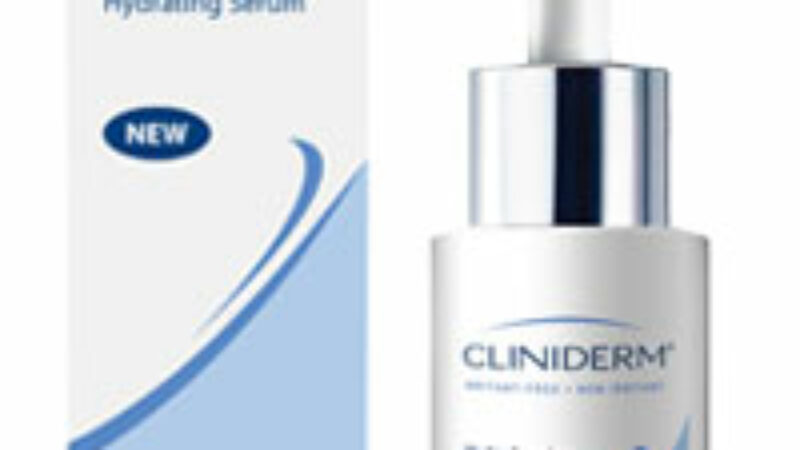Lupus is an autoimmune condition that may increase sun sensitivity; for this reason, it’s important to know how to choose a sunscreen for lupus.
Lupus (either the more serious Systemic lupus erythematosus – SLE – or Discoid lupus erythematosus, which tends to affect the skin primarily), is a disease in which an individual’s immune system attacks the body’s organs, skin and connective tissue resulting in inflammation and damage. While it most often harms the heart, joints, skin, lungs or nervous system, it can affect any part of the body. Symptoms vary according to the severity of the illness and the affected organs. Women are nine times more likely to have lupus than men.
SLE may occur abruptly or it may occur slowly over months or years. Individuals with SLE complain of joint pain that appears to be arthritic. In children, the joint pain mimics growing pains. Many lupus sufferers experience rashes on their face, neck, upper chest, and/or elbows.
Other common symptoms include:
- Ulcers on mucous membranes
- Swelling of the hands and fingers
- Light sensitivity
- Kidney disorders
- Inflammation of lining of the lungs
- Pericarditis (inflammation of the membrane surrounding the heart)
- Iron deficiency or anemia, and
- High blood pressure. Swelling of lymph nodes is also common, especially in children.
It’s not known what causes lupus, but a range of factors including environmental triggers and genetic susceptibilities are thought to be involved. Lupus cannot be cured so its treatment focuses on preventing and reducing the severity of symptoms with steroids, anti-malarial drugs, anti-inflammatories and some immunosuppressant medications.
Lupus and the Sun
The majority of lupus patients (40 to 70%) will have photosensitivity. Exposure to sunlight can aggravate the condition so minimizing sun exposure is important but complete avoidance isn’t necessarily essential. Here are some things to consider:
- Seek shade or stay out of the sun during its peak hours – between 10 am and 4 pm (especially during the summer) when UVB rays are at their strongest. Keep in mind though, that UVA rays are prevalent at the same intensity all day and all year long.
- Full body protection is essential so start with a wide brimmed hat. Then cover up with clothing. In this case, special sun protective garments with a UPF (Ultraviolet Protection Factor) rating may be warranted. UPF garments are treated with UV inhibitors to enhance sun protection and help keep the wearer comfortable on a hot day.
- Sunscreen is a must. Here are 3 features to look for when choosing a sunscreen for lupus:
a. Hypoallergenic
b. Broad spectrum protection to defend against both UVA and UVB rays
c. SPF of 30 or higher.
Ensure that you apply enough – lay it on thick. Rule of Thumb: 1 tsp (5 ml) for an adult face and neck (1/2 tsp. for a child). Apply sunscreen 20 to 30 minutes before leaving the house and reapply every 2 hours, more often if active or swimming.
We stock a wide range of sunscreens suitable for everyone, including individuals with lupus. Check out our top selling line of Anthelios sunscreens and view all sunscreens here.



